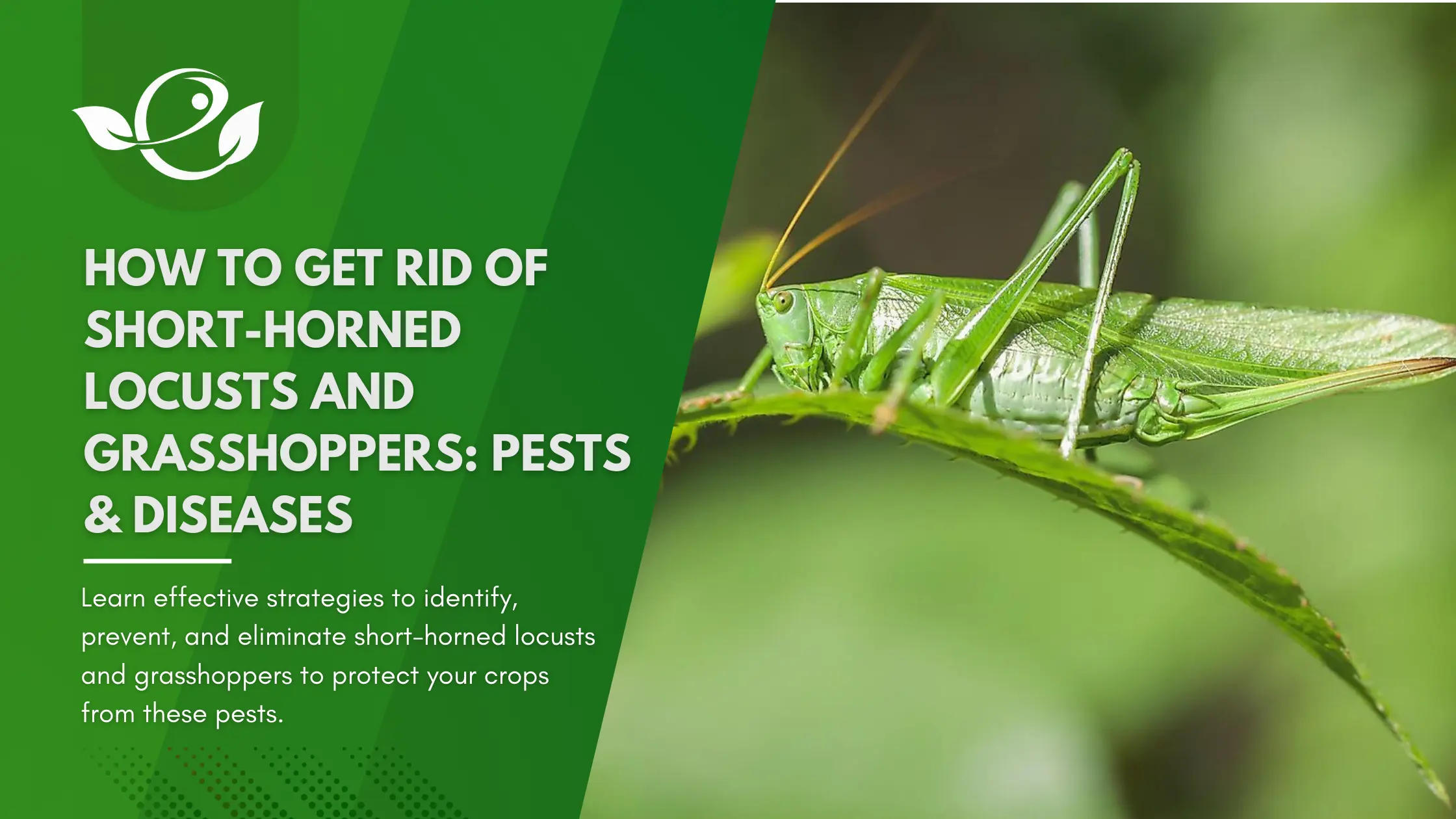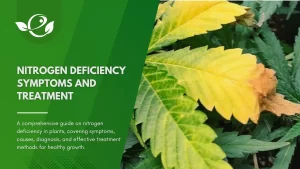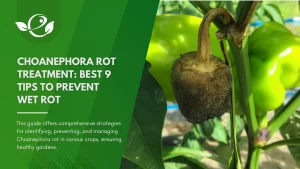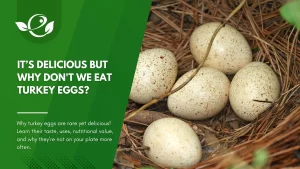Table of Contents
Short-horned locusts and grasshoppers are notorious pests that can devastate crops, leading to significant economic losses and threatening food security. These voracious insects can strip fields bare in a matter of days, making effective control measures essential for farmers and gardeners alike. Locusts and grasshoppers are notorious pests that can wreak havoc on agricultural crops, gardens, and natural ecosystems. These voracious insects can quickly strip vegetation, leaving behind a trail of devastation. As a gardener, farmer, or land manager, it’s crucial to have an effective plan to combat these pests and protect your valuable resources.
In this comprehensive guide, we’ll explore various strategies and techniques to help you eliminate locusts and grasshoppers from your property. By understanding their behaviour, implementing preventive strategies, and utilizing control methods, you can protect your crops and mitigate the damage caused by these pests.
Understanding Short-horned Locusts and Grasshoppers
Identification
- Physical Characteristics: Locusts and grasshoppers belong to the order Orthoptera, and the short-horned variety is particularly troublesome for many agricultural communities. These pests can be identified by their distinctive physical characteristics. They tend to be larger in size, ranging from 5 mm to 11 cm in length, and come in a variety of colours including shiny greenish, brown, and grey. One of the key distinguishing features is their short, thick antennae, which are shorter than their body length. The characteristic symptoms on leafs and panicles are caused by the nymphs and adults. Aquatic environments are suitable for their development (e.g. rice fields, floodplains, deltas). They can blend easily into their surroundings as they are either green or straw-coloured. Females lay yellow eggs on the foliage. The adults can develop wings, swarm and migrate.
- Differences between short-horned locusts and other types of grasshoppers: While locusts and grasshoppers share many similarities, there are some differences to note. Locusts are generally more migratory in nature, capable of travelling long distances in large swarms that can devastate entire regions. Grasshoppers, on the other hand, are more sedentary and tend to remain in localized areas. Additionally, locusts undergo more dramatic colour changes throughout their lifecycle, transitioning from a solitary, less aggressive “solitarious” phase to a highly gregarious and destructive “gregarious” phase.
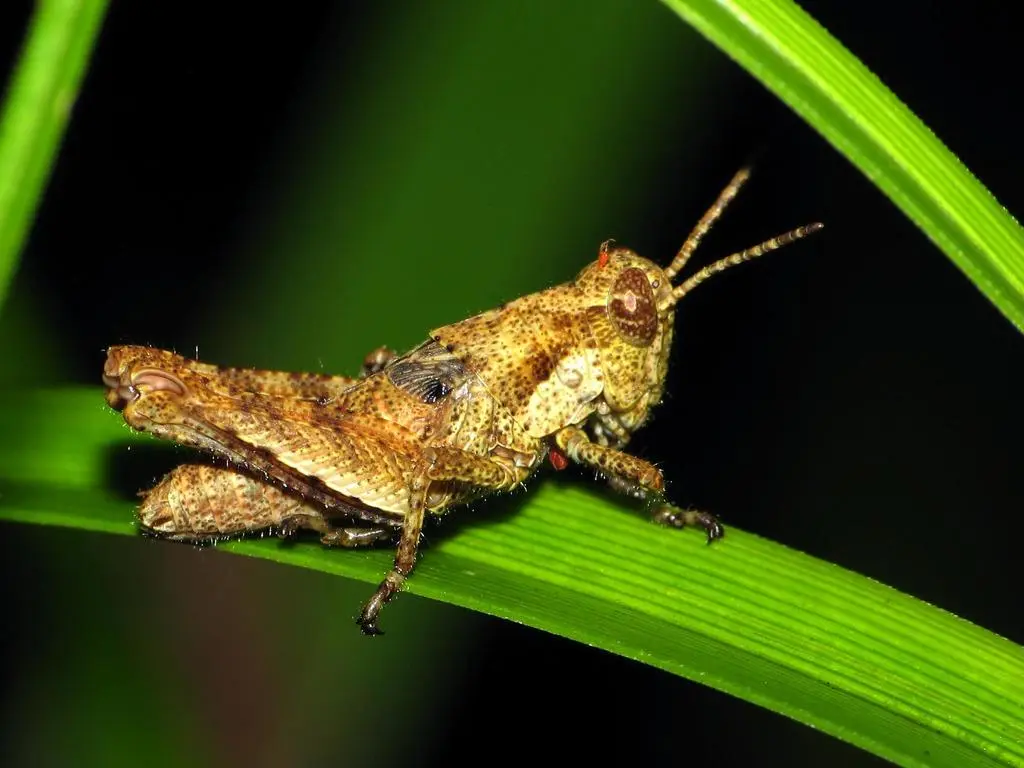
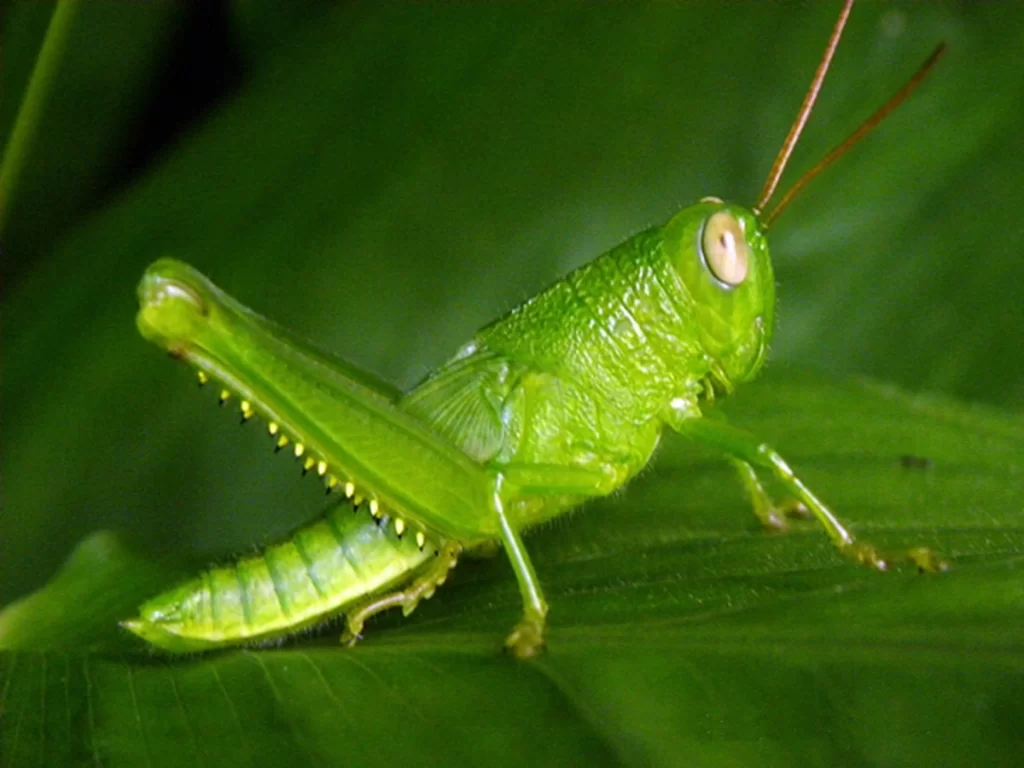
Lifecycle and Behavior
- Lifecycle Stages: These insects undergo three main stages: egg, nymph, and adult. Eggs are laid in the soil, hatch into nymphs (which resemble smaller versions of adults but without wings), and then mature into winged adults. Understanding short-horned locusts’ and grasshoppers’ lifecycle and behaviour is crucial for developing effective management strategies. These pests undergo a complete metamorphosis, passing through the egg, nymph, and adult stages. The eggs are typically deposited in the soil, where they can remain dormant for extended periods, hatching when environmental conditions are favourable. The nymphal stage is characterized by rapid growth and voracious feeding habits. Nymphs closely resemble the adult form but lack fully developed wings. As they progress through their moulting cycles, the nymphs gradually develop their wings and mature into adults. The adult stage is marked by their ability to fly and engage in long-distance migrations, often in response to changes in weather patterns or food availability.
- Feeding Habits: Both nymphs and adults are voracious feeders, primarily consuming leaves, stems, and flowers.
- Migratory Patterns: Some species, like the migratory locust, are known for their long-distance movements in search of food.
Habitat
- Preferred Environments: Short-horned locusts and grasshoppers thrive in a variety of environments, but they tend to prefer areas with warm, dry climates and abundant vegetation. They are often found in grasslands, pastures, croplands, and even urban areas with well-maintained landscaping. The availability of suitable breeding grounds, such as bare soil or sparse vegetation, can contribute to their proliferation.
- Proliferation Conditions: Outbreaks are often triggered by drought conditions followed by rapid vegetation growth.
Damage Caused by Short-horned Locusts and Grasshoppers
Symptoms
Symptoms differ depending on the plant type and the hunger of the grasshopper. Grasshopper and locust feed primarily on leaves damaging the margins or cutting out large portions of the leaf. Grains, seed pods and fruits may also be attacked by the insect. When they are very hungry they might even feed on stems and bark. They also nibble at the shoots, hence severing the reproductive parts.
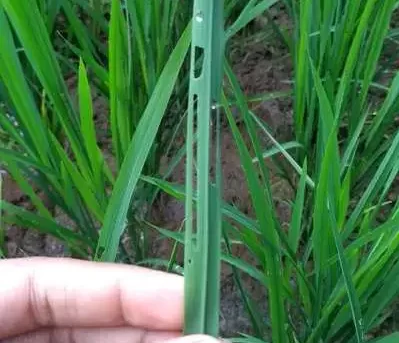
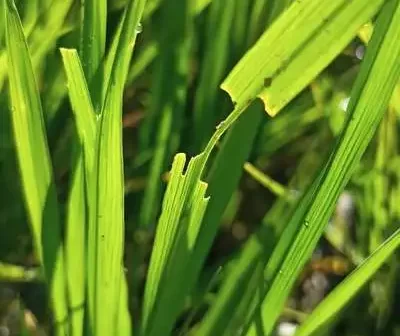

Types of Crops Affected
- Common Crops Targeted: Short-horned locusts and grasshoppers are known to target a wide range of crops, including cereals, legumes, and vegetables, and are particularly damaging to cereal grains (wheat, barley, corn), vegetables, and forage crops. Their voracious appetite can lead to significant damage, such as leaf defoliation, stem and stalk damage, and the destruction of entire crops. The most commonly affected crops include wheat, maize, rice, soybeans, alfalfa, and various vegetable crops.
- Specific Damage Examples: Leaves and stems are often defoliated, resulting in stunted growth and reduced yield. In severe cases, entire fields can be stripped bare.
Economic Impact
- Quantifying Losses: Locust and grasshopper infestations can lead to substantial financial losses for farmers. In some regions, annual losses can reach millions of dollars. Especially in regions where agriculture is the primary economic driver. Crop losses can range from 30% to 100%, depending on the severity of the infestation and the stage of crop development. In addition to the direct losses in crop yields, these pests can also disrupt food supply chains, leading to increased food prices and food insecurity.
- Broader Impact: Beyond immediate crop losses, these pests can affect food prices and availability, leading to broader economic and social consequences.
Prevention Strategies
Cultural Practices
- Crop Rotation: Implementing effective cultural practices can help mitigate the impact of short-horned locusts and grasshoppers. Crop rotation, where you alternate between different crops in a field, can disrupt the life cycle of these pests and make the environment less favourable for their proliferation. Intercropping, or growing multiple crops together, can also provide physical barriers and create a more diverse ecosystem that supports natural predators. For example, alternating between legumes and grains can be effective.
- Timing of Planting: Adjusting planting schedules can help avoid peak periods of locust and grasshopper activity. By aligning your planting schedule with periods of low pest activity or unfavourable environmental conditions, you can reduce the risk of infestation and minimize the damage to your crops.
Physical Barriers
- Row Covers and Nets: The use of physical barriers, such as row covers and nets, can be an effective way to protect your crops from short-horned locusts and grasshoppers. These barriers create a physical obstacle that prevents the pests from accessing your plants, while still allowing for the necessary airflow and sunlight. Fencing and trenches can also be used to prevent the migration of these pests into your fields.
- Fencing and Trenches: Creating barriers can prevent the migration of locusts and grasshoppers into fields.
- At planting, monitor your plants and destroy egg pods and nymphs.
- Monitor the field regularly for characteristic signs of damage and the presence of grasshoppers
nymphs or adults. - Pick adults directly from the foliage at night when they are sluggish.
- In case of affected rice fields flood the seedbed to drown the insect.
- Sweep small seedbeds with a net to catch the insect.
- Remove weeds that might serve as alternative hosts.
- Avoid frequent pesticide sprays that could affect populations of beneficial insects.
- Deep ploughing after harvest is recommended in the winter season to expose the egg masses to
predators. - Trenches of 45 cm deep and 30 cm wide may be dug across the front of marching hoppers and
trenches should be provided with metal sheet barriers.
Environmental Management
- Promoting Natural Predators: Promoting a healthy and diverse ecosystem can be a powerful tool in the fight against short-horned locusts and grasshoppers. Encouraging the presence of natural predators, such as birds, spiders, and parasitic wasps, can help keep the pest population in check.
- Healthy Soil Maintenance: Ensuring soil health through proper fertilization and organic matter addition helps plants resist pest damage.
Chemical Control Methods
Always consider an integrated approach of preventive measures together with biological treatments if available. Use foliar insecticidal sprays to control grasshoppers in fields that show >10% damage. Granules are not effective. Poisonous bait traps can be used to attract the adults. Insecticides that can be sprayed against the pest include chlorpyriphos, buprofezin or etofenprox. Other FAO recommended chemicals include bandiocarb 80% WP @ 125 g/ha, chlorpyriphos 50% EC @ 480 ml/ha, deltamethrin 2.8% EC @ 450 ml/ha.
When using insecticides, it’s crucial to consider the potential impacts on non-target species and the environment. Some insecticides can be harmful to beneficial insects, such as pollinators, and may also contaminate soil and water resources. To mitigate these risks, it’s essential to use insecticides judiciously, adhere to safety guidelines, and explore alternative control methods whenever possible.
Biological Control Methods
Biological control agents that occur naturally such as wasps, parasitic flies and worms, ants, birds, frogs, and web-spinning spiders should be promoted. Fungal pathogens and entomopathogenic fungus (Metarhizium acridum) could also be used to reduce the population density of larvae. Use homemade poison baits from salt water and rice bran.
Integrated Pest Management (IPM)
Integrated Pest Management (IPM) is a holistic approach to pest control that combines multiple strategies, including cultural, physical, biological, and chemical methods. By utilizing a range of complementary techniques, you can achieve more effective and sustainable control of short-horned locusts and grasshoppers. The key principles of IPM involve monitoring, decision-making, and the integration of various control methods to minimize the reliance on any single approach.
Monitoring and Early Detection
Regular Inspections
- Techniques for Scouting: Regular inspections and monitoring are crucial for the early detection of short-horned locust and grasshopper infestations. This involves regularly scouting your fields and crops for signs of damage, as well as actively searching for the presence of eggs, nymphs, and adult pests. By identifying the problem early, you can take prompt action to prevent the situation from escalating.
- Tools and Technologies: Various tools and technologies, such as drones and remote sensing technology can enhance monitoring efforts. Pheromone traps can assist in the monitoring process, providing valuable data on the size and distribution of the pest population. Additionally, collaborating with local agricultural authorities and sharing information can help improve the overall monitoring and response efforts.
Reporting and Response
Timely reporting of short-horned locust and grasshopper infestations to agricultural authorities is crucial. By alerting the relevant agencies, you can access resources, expertise, and coordinated response strategies that can significantly enhance the effectiveness of your control efforts. These authorities may be able to provide guidance, assist in the implementation of control measures, and even coordinate regional efforts to address large-scale outbreaks.
Conclusion
Effectively eliminating locusts and grasshoppers requires a multifaceted approach that combines the responsible use of insecticides, proper application techniques, and timely reporting of large-scale infestations. By following the strategies outlined in this guide, you can take proactive steps to protect your crops, gardens, and natural environments from the devastating impacts of these persistent pests.To learn more about our comprehensive pest control solutions and how we can help you effectively manage locusts and grasshoppers, [contact us today](https://example.com/contact). Our team of experts is ready to provide personalized guidance and support to ensure the long-term health and productivity of your land.
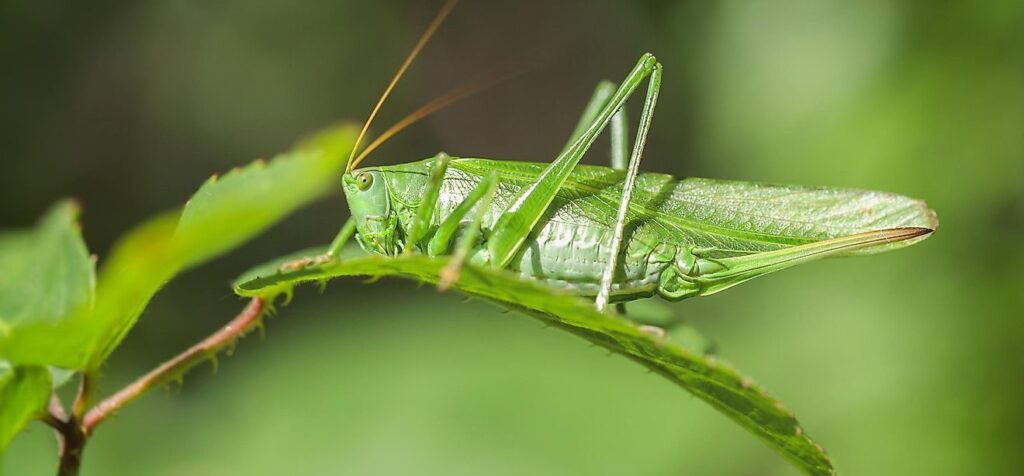
FAQ
What do grasshoppers hate the most?
Grasshoppers hate strong-smelling plants such as cilantro, calendula, and horehound. They are also repelled by garlic and hot pepper sprays.
Will neem oil get rid of grasshoppers?
Yes, neem oil can help get rid of grasshoppers. It acts as a repellent and can disrupt their feeding and reproductive cycles when applied to plants.
What kills locust bugs?
Insecticides such as carbamates, organophosphates, and pyrethroids can kill locust bugs. Biological controls like Nosema locustae and fungal pathogens can also be effective.
How to stop locusts?
To stop locusts, implement integrated pest management (IPM) strategies, including regular monitoring, using biological controls, applying insecticides judiciously, and promoting natural predators.
What is a natural insecticide for locusts?
A natural insecticide for locusts is neem oil. Other options include diatomaceous earth and biological agents like the fungus Metarhizium acridum.
How long do grasshoppers live?
Grasshoppers typically live for about 11 to 12 months, though their lifespan can vary depending on the species and environmental conditions.
What fungus kills locusts?
The fungus Metarhizium acridum kills locusts. It is a biological control agent that infects and eventually kills these pests.
What attracts locust bugs?
Locust bugs are attracted to lush, green vegetation, especially during periods of rapid plant growth. They are also drawn to areas with warm temperatures and suitable breeding conditions.
